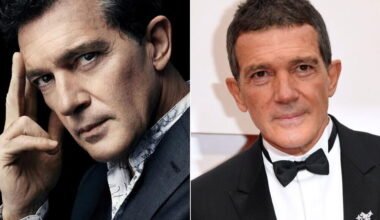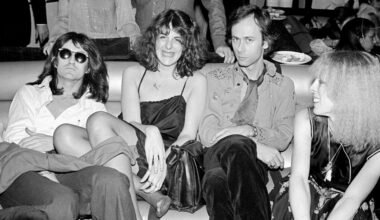Introduction
William Tell, the legendary Swiss folk hero and classical music figure, is remembered throughout music history. Gioachino Rossini’s William Tell Overture is his most famous work, leaving a lasting legacy. This composition, linked with heroic valour and rapid action, has become a mainstay in television and film. The overture’s fast speed and powerful melodies evoke adventure and revolution. Beyond this renowned work, Tell’s influence on music extends beyond sophisticated narrative through sound. This article examines William Tell’s musical journey, discussing his influence on classical music and his cultural significance.
Overview Table: William Tell in Music
| Aspect | Description |
|---|---|
| Full Name | William Tell |
| Historical Background | Swiss folk hero known for shooting an apple off his son’s head |
| Musical Fame | Primarily associated with the William Tell Overture by Rossini |
| Cultural Impact | Symbol of courage and freedom, inspiring various adaptations in media |
| Composition Date | Premiered in 1829 |
| Musical Style | Classical |
Musical Legacy of William Tell
Gioachino Rossini’s William Tell Overture, the climax to his opera “Guillaume Tell,” premiered in 1829 and was his last work before retiring. The overture has four unique movements, each with its own style and atmosphere, building to the renowned “March of the Swiss Soldiers,” with its fast speed and lively orchestration. This musical adaptation of William Tell is a technical masterpiece that shows Rossini’s ability to tell stories via music. Precision and intensity are needed to convey urgency and heroism in performance. It blends into many cultural contexts, from “The Lone Ranger” music to advertising.
Overview Table: William Tell Overture
| Part | Description |
|---|---|
| Prelude | Reflects a serene, pastoral scene with cellos and basses |
| Storm | Intense section depicting a thunderstorm |
| Ranz des Vaches | Calm section invoking the Swiss Alps with lyrical melodies |
| Finale | Dynamic and fast-paced, known as “March of the Swiss Soldiers” |
Cultural Significance
William Tell’s overture is culturally significant beyond traditional concert halls. It symbolises bravery and revolt. The mythical Swiss hero, who opposed tyranny with his archery, inspired this association. Many films and TV shows have used the overture as a dramatic score. Its use in media shows how classical music can affect popular culture and create a common aural experience that evokes valour and hardship. The William Tell tale and Rossini’s music have made this work a symbol of rebellion and independence. It inspires stories that echo Tell’s famous exploits, enhancing his story’s enduring appeal.
Overview Table: Cultural Impact
| Medium | Usage |
|---|---|
| Television | Theme for “The Lone Ranger” series |
| Film | Featured in numerous films for action sequences |
| Advertising | Used in commercials to evoke excitement |
| Public Events | Often played in sporting events and parades |
FAQ
Who composed the William Tell Overture?
Gioachino Rossini wrote the William Tell Overture for “Guillaume Tell.”
Which portion of the William Tell Overture is most famous?
Most famous is the conclusion, “March of the Swiss Soldiers,” with its fast-paced and dynamic music.
Why does William Tell matter in music?
The overture, utilised in media to symbolise heroism and revolt, makes William Tell significant.
When was William Tell Overture first performed?
Overture premiered in 1829 as part of Rossini’s opera.
Popular culture uses the William Tell Overture how?
Films, TV, and advertising utilise it to convey excitement and boldness.






